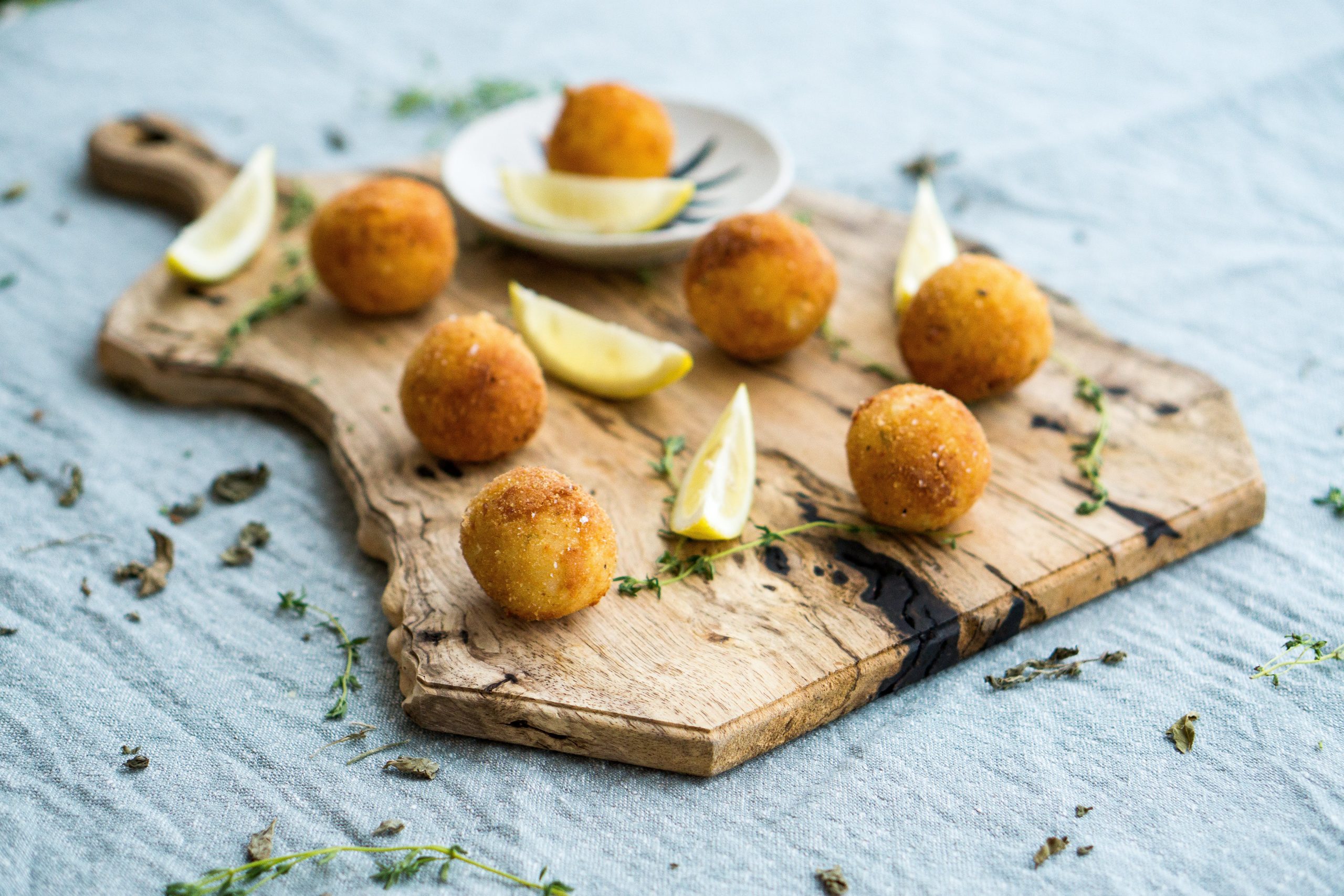The box of Kobe beef croquettes is available for order only within Japan, and those who do so today will receive their package in 43 years. That’s how overwhelmed the family-owned butcher shop Asahiya in the city of Takasago in Japan’s Hyogo Prefecture is with orders.
Kobe beef is a delicate meat from Wagyu cattle raised in and around Kobe, Japan, according to strict standards. The butcher shop was founded in 1926 and began selling croquettes after World War II. However, they became a sensation only in 2000 when they were introduced to the shop’s online offerings in 1999. It was an idea by Shigeru Nitta, the third-generation owner of the butcher shop, who realized that customers were hesitant to pay high prices for Kobe beef in the online environment. The “Extreme Croquettes” were meant to be a cost-effective taste test.
They were initially sold for 270 Japanese yen each, roughly equivalent to 42 Czech crowns. However, the cost of the meat alone for making one was 400 yen, around 62 crowns. “We made affordable and tasty croquettes that represented our concept. Our strategy was for customers to enjoy the croquettes and then possibly order our Kobe beef after the first taste,” explained the butcher shop owner.
To minimize financial losses, they initially produced only 200 croquettes per week in the kitchen belonging to the butcher shop.
The butcher shop prides itself on selling only meat from suppliers it knows well and that are from the same prefecture. The current owner’s grandfather used to visit farmers on his bicycle and pick specific animals.
The success of the croquettes lies in the high quality of ingredients with an unbelievably low price tag. The croquettes are made daily without preservatives from the meat of three-year-old Kobe A5 quality cows and potatoes from a local farm. The butcher even encouraged potato growers to fertilize their fields with cow dung. The potato stems are then fed to dairy cows, closing the cycle.
When the croquettes made it into the media in the early 2000s, such a flood of orders arrived that they were taken off the market in 2016. However, there were so many requests for their reintroduction that they were brought back for sale. Customers don’t mind the decades-long waiting time. Although the price of croquettes has risen to about 83 crowns each, ingredient prices have also increased, so the loss for the manufacturer remains the same. They are no longer produced in quantities of 200 per week but 200 per day.
Nitta laughs at his own loss-making idea and requests to increase production. If he did, the business would go bankrupt. However, half of croquette recipients do end up ordering his premium Kobe beef, so his strategy works.
Customers receiving their croquettes today ordered them about ten years ago. A box of five croquettes costs roughly 416 crowns. The butcher shop sends regular email updates and verifies the address a week before delivery, which may have changed over the long period.
Personal stories abound. The butcher shop owner was surprised to receive orders from distant Japanese islands, allowing customers to affordably taste Kobe beef for the first time. One customer was so eager to receive the croquettes that he underwent surgery in serious health condition just to enjoy them. The operation was successful, and the man became a regular customer of the butcher shop. This deeply touched the owner.
“I am grateful. By becoming famous, I hope I can help the entire industry, not just my shop,” Nitta concluded with typical Japanese modesty.
For those who would like to taste the butcher shop’s products in a more foreseeable future, there’s a chance to order a different kind of croquette with delivery in ten years or try ready-made products from premium beef at the original shop in Takasago or the new branch in Kobe, about 50 kilometers away. Two types of ready-made croquettes are offered for an equally popular price of 56 and 70 crowns.
Photo source: www.pexels.com





OR CONTINUE READING